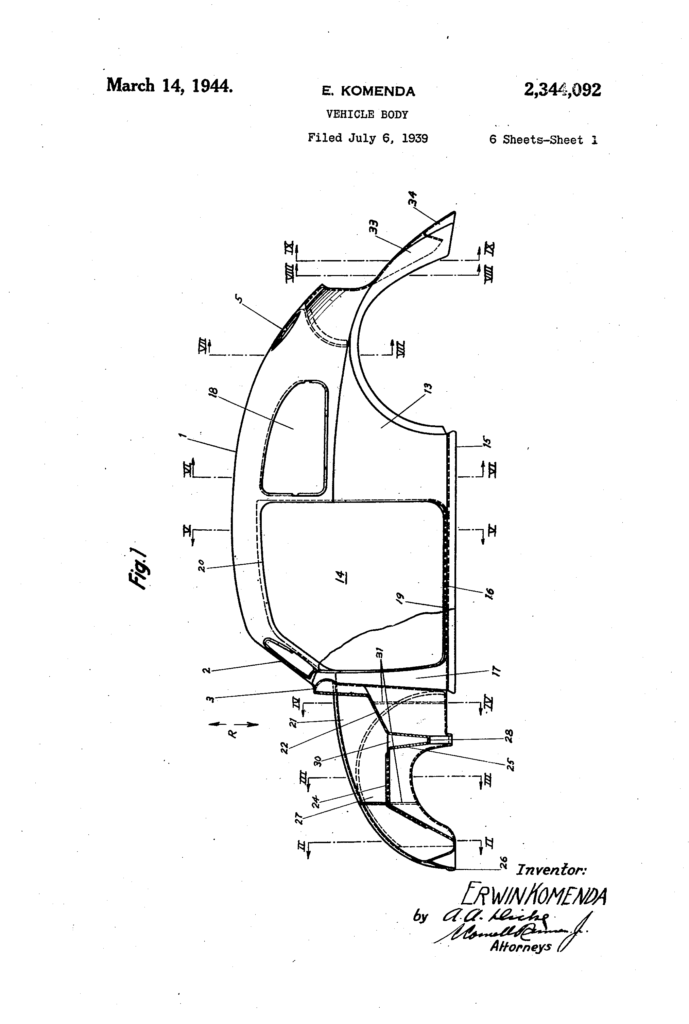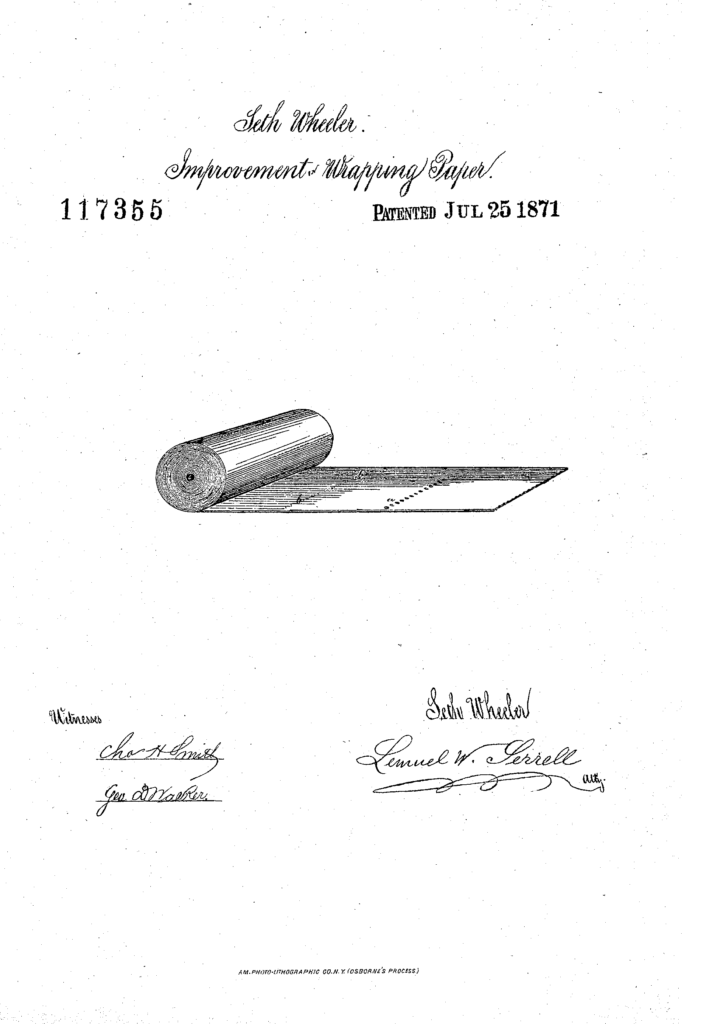On August 1, 1893, Henry D. Perky and William H. Ford were issued U.S. Patent No. 502378 on a Machines for the Preparation of Cereals for Food, which forms the boiled, steamed, steeped, or soaked grain into the familiar “pillow” shape of shredded wheat. He introduced the product at the Chicago World’s Fair in 1893.
In 1895 Perky was issued U.S. Patent No. 548,086, as well as U.S. Patent No. D24688 on the shape of the biscuit itself:

After the patents expired, Kellogg Company saw that as an opportunity for Kellogg’s to sell its own version of the product. Kellogg obtained a patent on the biscuit in 1916, and Kellogg’s Shredded Wheat was born. Kellogg obtained its own patents on the shredded wheat biscuit (U.S. Patent No. 1,168,888), numerous patents on the method of prepare shredded wheat biscuits (U.S. Patent Nos. 1,102,614, 1,124,363, 1,159,045, 1,170,162, and 1,197,297), on the package for the shredded wheat biscuits (U.S. Patent No. 1,914,336), and entered the market.
This provoked Perky’s successor National Biscuit Company to sue Kellogg for trademark infringement, attempting to enjoin it from using Shredded Wheat as a trademark and from manufacturing the cereal in its pillow-shaped form. The case eventually made it to the United States Supreme Court case Kellogg Co. v. National Biscuit Co., 305 U.S. 111, 59 S.Ct. 109, 83 L.Ed. 73 (1938). The Supreme Court held that the term “shredded wheat” was generic and not trademarkable — it was a term in public use for the product, and was how the product was described in the expired patents. Further, the court held that when the patent for the shredded wheat machinery expired in 1912, the right to make the shredded wheat “pillows” and apply the name “shredded wheat” to the resulting product, passed into the public domain along with that patent. This has been an important limitation of trade dress rights ever since.
A side lesson to learn is that St. Louis (the ice cream cone) handily beats Chicago (shredded wheat) as far as World’s Fair Food is concerned.




















